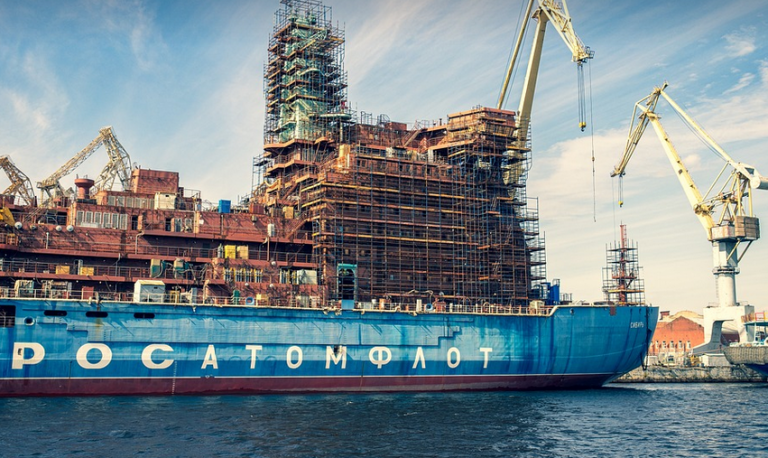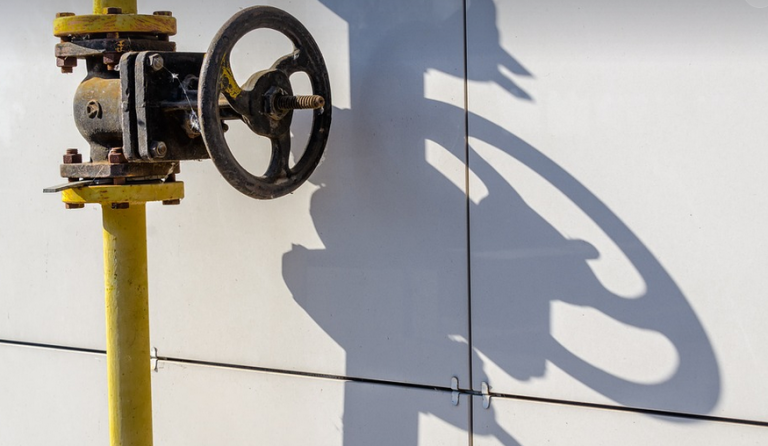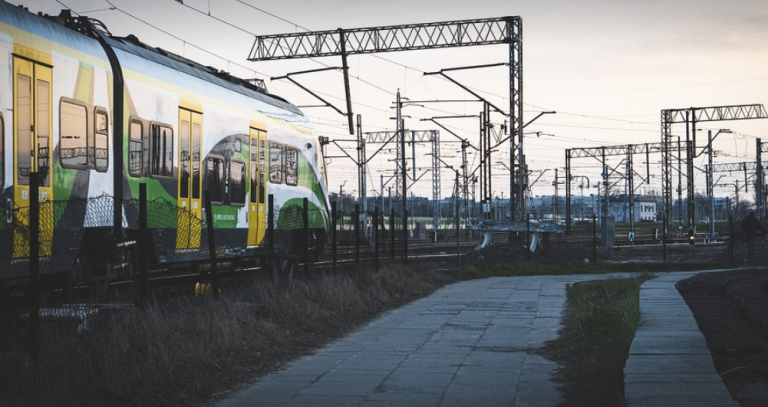Recycling: Turning Trash into Treasure
As a resident of the planet Earth, you’re surrounded by thousands of different materials that make up our modern society – from the sturdy steel in a construction project to the colorful paint on a canvas. But these materials also come with a hefty environmental burden if we don’t manage them properly. This is where recycling enters the scene: turning waste into valuable resources, saving precious natural resources, and reducing pollution.
Imagine this: you throw away a plastic bottle in your trash bin, but instead of ending up in a landfill, it gets transported to a facility where skilled workers sort and clean it for reuse. This bottle might end up as part of a new water bottle, or maybe even a park bench! This is the magic of recycling, turning what was previously considered waste into something that can be used again.
Recycling solid wastes has been a cornerstone of sustainability for decades now. It’s not just about keeping our planet cleaner but also about creating a more efficient and circular economy. By reusing materials, we save energy and resources, reduce greenhouse gas emissions, and ultimately create a healthier future for generations to come.
Let’s delve into the world of recycling and explore how this practice impacts us on multiple levels.
The Impact of Recycling on Our Planet
Recycling plays a pivotal role in curbing our environmental footprint, and its benefits extend far beyond just reducing trash. Let’s break down some key areas where it truly makes a difference:
**1. Conserving Precious Resources:**
The world is facing an ever-increasing demand for resources like timber, oil, and minerals. Recycling allows us to utilize existing materials instead of extracting fresh ones from the earth. Think about it: a single aluminum can can be recycled into another aluminum can or even used in new products! This reduces the need to dig up valuable raw materials from the ground.
**2. Curbing Pollution and Emissions:**
Manufacturing processes often involve high levels of pollution, contributing to air and water contamination. Recycling processes, on the other hand, generally produce less waste and emissions compared to the production of new materials from scratch. By reducing manufacturing waste, we help protect our environment and promote a healthier planet.
**3. Combatting Climate Change:**
Climate change is one of the greatest challenges facing humanity in the 21st century. Reducing greenhouse gas emissions is crucial for mitigating its effects. Recycling helps us achieve this goal by lowering our carbon footprint and promoting sustainable practices.
Why Recycling Matters to You
While we’ve discussed the global impact, let’s focus on how recycling benefits you personally. It’s not just about saving the planet; it’s also about making smart choices that save money and contribute to your well-being:
**1. Saving Money:**
Did you know that recycled materials are often cheaper than their virgin counterparts? By opting for recycled products, you can reduce your costs and spend less on new items while simultaneously contributing to a greener planet.
**2. Supporting Local Economy:**
Recycling stimulates local economies. It creates jobs in collection, sorting, processing, and manufacturing of recycled materials. It’s an investment in local communities and strengthens the economy as a whole.
**3. Personal Fulfillment and Pride:**
Recycling is not just something we must do; it’s also a matter of personal pride and a sense of accomplishment. Knowing that you are actively making a positive impact on your community and the planet can be incredibly rewarding, fostering a sense of responsibility and contributing to a more sustainable future.
Turning Trash into Treasure: A Closer Look at Recycling Processes
Recycling is a complex process involving several stages, each playing a vital role in transforming waste into valuable resources. Let’s explore the journey of solid wastes from your trash bin to their final destination:
**1. Collection and Sorting:**
Waste collection trucks collect our garbage at the curb, transporting it to specialized facilities where sorting begins. Here’s where trained experts sort different materials like paper, plastics, metals, glass, and yard waste. The goal is to separate valuable resources for further processing.
**2. Processing and Re-manufacturing:**
After sorting, the raw materials are processed in various ways depending on their type: For example, metal cans undergo mechanical processes like shredding or melting. Certain plastics are converted into new products through injection molding or extrusion. Other plastics, like those used for packaging, may be shredded and then blended with other polymers to create a consistent new material.
**3. Downcycling and Upcycling:**
Recycling can include both downcycling and upcycling. Downcycling involves processing materials into lower-quality products but still useful for specific applications. For example, recycled plastic bottles might be used to make new trash bags or clothing. Upcycling is a unique process where old materials are transformed into something entirely different – often with aesthetically pleasing results. Think of reclaimed wood furniture made from salvaged objects! You’re not just recycling; you’re giving items a second life.
**4. Packaging and Distribution:**
The finished recycled products are packaged and shipped to retailers or manufacturers who utilize them for various purposes. These new materials can then find their way into everything from everyday consumer goods to more specialized industries like construction, electronics, and transportation.
Recycling: An Ongoing Journey
Recycling is not a one-time effort; it’s an ongoing journey of commitment and evolution. As our understanding of materials science advances and new technologies emerge, we are constantly finding innovative ways to recycle better and more efficiently. It’s also crucial to remember that recycling requires active participation from everyone. Be sure to:
- **Reduce your waste by opting for reusable products whenever possible:** This can significantly reduce the amount of material ending up in landfills.
- **Understand what materials are recyclable in your area:** Check with your local recycling program and learn about their specific guidelines.
- **Clean out recyclables before placing them in your bins:** Food residue and other contaminants can contaminate entire batches of recyclable items, leading to wasted resources.
Recycling is a vital practice for safeguarding our planet and securing a sustainable future. It’s about creating a better world for ourselves and generations to come. By engaging in this important action, we contribute to reducing pollution, conserving resources, and fostering a healthier environment – one recycled item at a time.




















